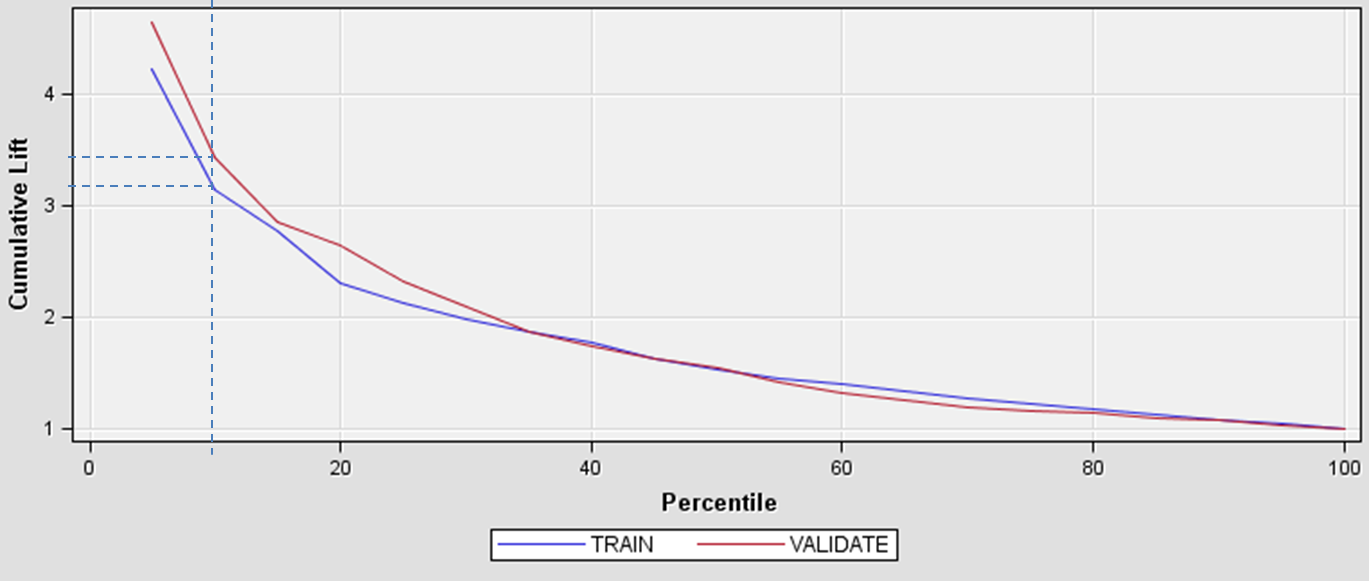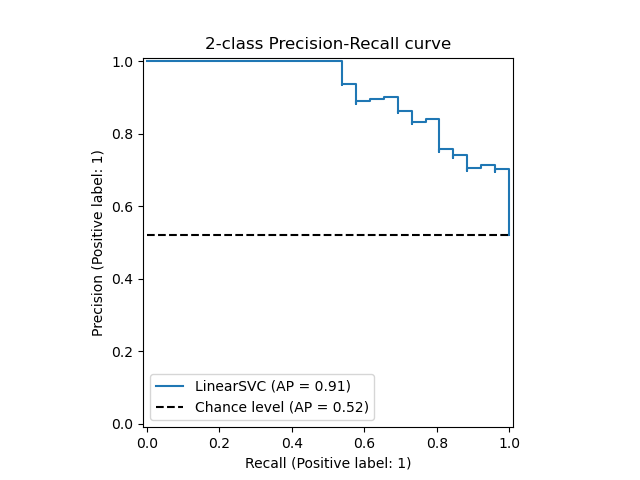
Data Analysis
Andrey Shestakov (avshestakov@hse.ru)
Supervised learning quality measures1
1. Some materials are taken from machine learning course of Victor Kitov
Let's recall previous lecture¶
- Linear Classification
- Binary linear classifier: $\widehat{y}(x)=sign(w^{T}x+w_{0})$.
- Various multiclassification approaches: 1-vs-all, 1-vs-1, etc..
- Perceptron, logistic, SVM - linear classifiers estimated with different loss functions.
- Optimized with gradient descent
Model Evaluation¶
- If we have several models we need to understand which one is better then the other
- If performance of complex model is similar to performance of more simplistic model use the latter!
- Understand the profit of our model in business domain (see this)
- Check if ML model is performind better then simple heuristics or (almost) zero-information prediction, or simple baseline models
- Always predict the majority class (classification)
- Always predict the mean value (regression)
- Build a simple model and compare it's performance with your sophisticated model
- Loss functions are directly optimized by the algorithms
- Loss functions allways can be computed for a single object
- Quality measures are usually computed for a set
Quality measures: Regression¶
1. (R)MSE ((Root) Mean Squared Error)
$$ L(\hat{y}, y) = \frac{1}{N}\sum\limits_{n=1}^N (y_n - \hat{y}_n)^2$$2. MAE (Mean Absolute Error)
$$ L(\hat{y}, y) = \frac{1}{N}\sum\limits_{n=1}^N |y_n - \hat{y}_n|$$- What are key differences?
- What are key issues?
MAE and MSE¶
- Different scales
- MSE penalize greater error more
MAE is robust to outliers

We can compare models with MAE and MSE but it is hard to tell if a model is good overall...
3. RSE (Relative Squared Error)
$$ L(\hat{y}, y) = \sqrt\frac{\sum\limits_{n=1}^N (y_n - \hat{y}_n)^2}{\sum\limits_{n=1}^N (y_n - \bar{y})^2}$$4. RAE (Relative Absolute Error)
$$ L(\hat{y}, y) = \frac{\sum\limits_{n=1}^N |y_n - \hat{y}_n|}{\sum\limits_{n=1}^N |y_n - \bar{y}|}$$5. MAPE (Mean Absolute Persentage Error)
$$ L(\hat{y}, y) = \frac{100}{N} \sum\limits_{n=1}^N\left|\frac{ y_n - \hat{y}_n}{y_n}\right|$$6. RMSLE (Root Mean Squared Logarithmic Error)
$$ L(\hat{y}, y) = \sqrt{\frac{1}{N}\sum\limits_{n=1}^N(\log(y_n + 1) - \log(\hat{y}_n + 1))^2}$$- what is so special about it?
y = 10000
y_hat = np.linspace(0, 30000, 151)
# log error
error1 = np.sqrt((np.log(y+1) - np.log(y_hat + 1))**2)
# squared error
error2 = (y - y_hat)**2 /1000.
plt.plot(y_hat, error1, label='RMSLE')
plt.plot(y_hat, error2, label='MSE')
plt.xlabel('$\hat{y}$')
plt.ylabel('Error')
plt.title('true value y = %.1f' % y)
plt.legend()
plt.ylim(0, 10)
(0, 10)
Quality measures: Classification¶
Confusion matrix¶
Confusion matrix $M=\{m_{ij}\}_{i,j=1}^{C}$ shows the number of $\omega_{i}$ class objects predicted as belonging to class $\omega_{j}$.

Diagonal elements correspond to correct classifications and off-diagonal elements - to incorrect classifications.
Confusion matrix¶
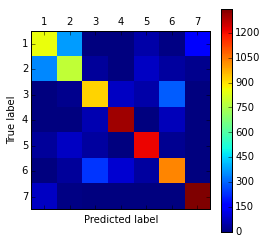
- We see here that errors are conсentrated between classes 1 and 2
- We can
- unite classes 1 and 2 into class "1+2"
- solve 6-class classification problem (instead of 7)
- try to separate classes 1 and 2 afterwards
2 classes case¶
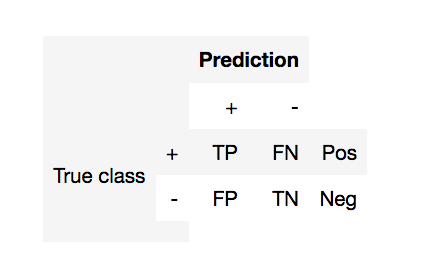
- TP (true positive) - currectly predicted positives
- FP (false positive) - incorrectly predicted negatives (1st order error)
- FN (false negative) - incorrectly predicted positives (2nd order error)
- TN (true negative) - currectly predicted negatives
- Pos (Neg) - total number of positives (negatives)
- Provide examples of task with positive classes and negative classes
- Why do you define them in that way and not another?
2 classes case¶

- $ \text{accuracy} = \frac{TP + TN}{Pos+Neg}$
- $ \text{error rate} = 1 -\text{accuracy}$
- $ \text{precision} =\frac{TP}{TP + FP}$ - (точность)
- Ratio of objects marked positive are actually positive
- $ \text{recall} =\frac{TP}{TP + FN} = \frac{TP}{Pos}$ - (полнота)
- Ratio of positive objects currectly classified
- $ \text{F}_\beta \text{-score} = (1 + \beta^2) \cdot \frac{\mathrm{precision} \cdot \mathrm{recall}}{(\beta^2 \cdot \mathrm{precision}) + \mathrm{recall}}$
- why harmonic mean?
- What about multiclassification case?
fig = interact(demo_fscore, beta=FloatSlider(min=0.1, max=5, step=0.3, value=1))
Discriminant decision rules¶
Decision rule based on discriminant functions:
- predict $\omega_{1}$ $\Longleftrightarrow$ $g_{1}(x)-g_{2}(x)>\mu$
- predict $\omega_{1}$ $\Longleftrightarrow$ $g_{1}(x)/g_{2}(x)>\mu$ (for $g_{1}(x)>0,\,g_{2}(x)>0$)
Decision rule based on probabilities:
- predict $\omega_{1}$ $\Longleftrightarrow$$P(\omega_{1}|x)>\mu$
Class label versus class probability evaluation¶
- Discriminability quality measures evaluate class label prediction.
- examples: error rate, precision, recall, etc..
- Reliability quality measures evaluate class probability prediction.
- Example: probability likelihood: $$ \prod_{n=1}^{N}\widehat{p}(y_{n}|x_{n}) $$
- Brier score: $$ \frac{1}{N}\sum_{n=1}^{N}\sum_{c=1}^{C}\left(\mathbb{I}[y_{n}=c]-\widehat{p}(y=c|x_{n})\right)^{2} $$
- Logloss (cross entropy): $$ \frac{1}{N}\sum_{n=1}^{N}\sum_{c=1}^{C}\mathbb{I}[y_{n}=c]\ln(\widehat{p}(y=c|x_{n})) $$
ROC curve¶
- ROC curve - is a function TPR(FPR).
- It shows how the probability of correct classification on positive classes ("recognition rate") changes with probability of incorrect classification on negative classes ("false alarm").
- It is build as a set of points TPR($\mu$), FPR($\mu$).
If $\mu \downarrow$ , the algorithm predicts $\omega_{1}$ more often and
- TPR=$1-\varepsilon_{1}$ $\uparrow$
- FPR=$\varepsilon_{2}$ $\uparrow$
Characterizes classification accuracy for different $\mu$.
- more concave ROC curves are better
- $TPR = \frac{TP}{TP + FN}=\frac{TP}{Pos}$
- $FPR = \frac{FP}{FP + TN} = \frac{FP}{Neg}$
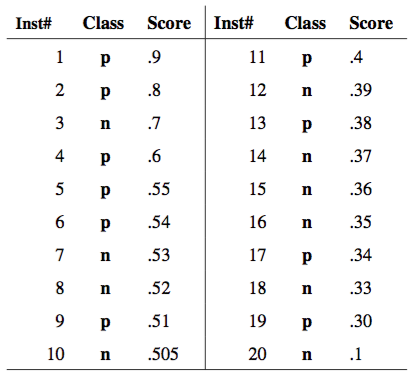 |
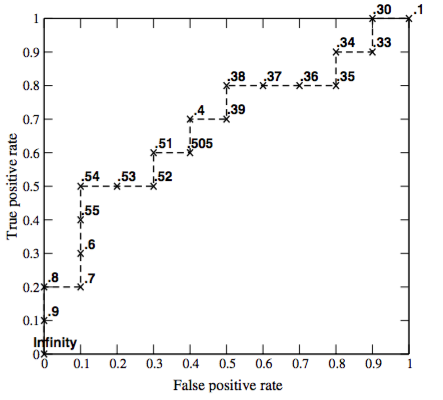 |
|---|
How to compare ROCs?¶
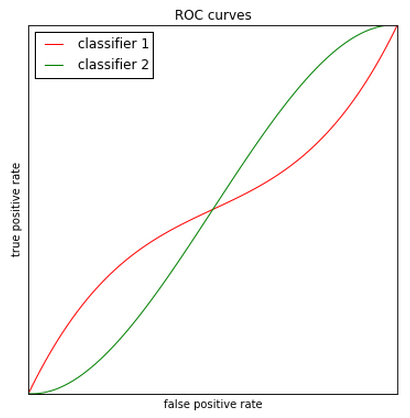
ROC-AUC¶
Area under the ROC curve
Global quality characteristic for different $\mu$
AUC$\in[0,1]$
- AUC = 0.5 - equivalent to random guessing
- AUC = 1 - no errors classification.
AUC property: it is equal to probability that for 2 random objects $x_{1}\in +$ and $x_{2}\in -$ it will hold that: $\widehat{p}(+|x_{1})>\widehat{p}(+|x_2)$
What about unbalanced case?
Model Lift¶
- Let $r_{POS}$ - positive class rate in the whole dataset
Let $TPR @ K\%$ be positive class rate in top $K \%$ segment of the dateset, sorted by score
$$ Model Lift @ K\% = \frac{TPR @ K\%}{r_{POS}} $$
